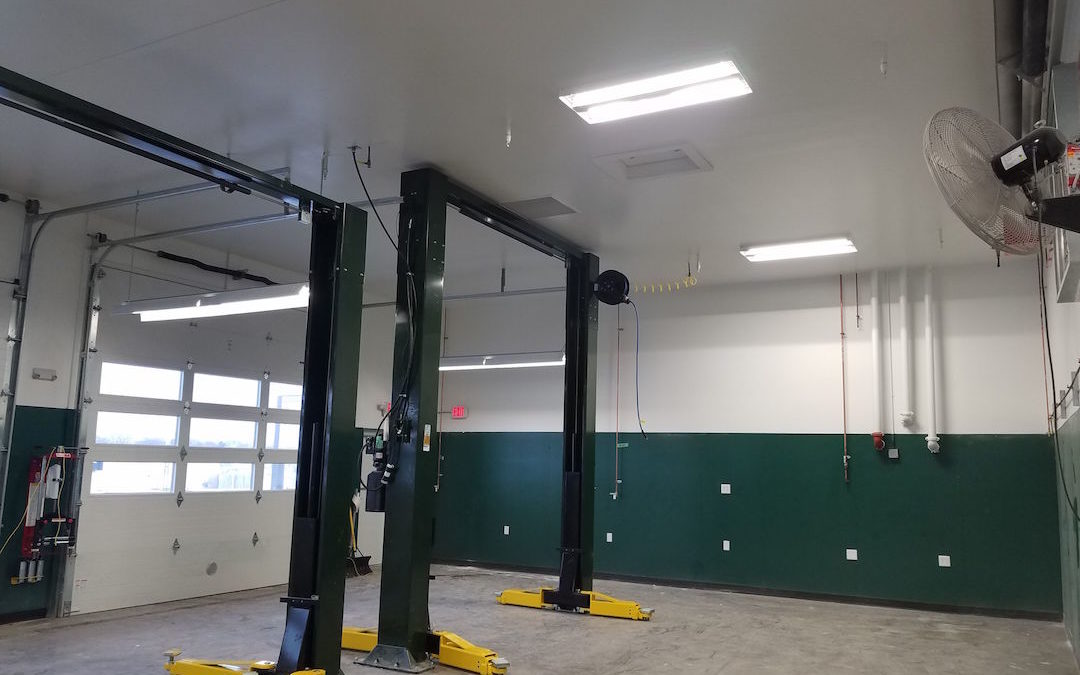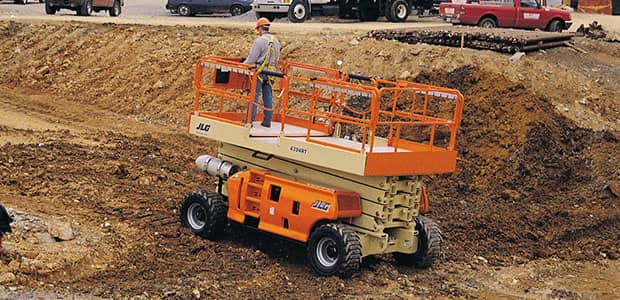Elevate Your Solution: Picking Lift Maintenance Services and Repair Companies Near Me
Elevate Your Solution: Picking Lift Maintenance Services and Repair Companies Near Me
Blog Article
Comprehensive Guide to Elevator Equipments and Their Maintenance
Browsing the elaborate world of elevator systems and their upkeep is a task that requires accuracy and knowledge. From the various kinds of elevator systems being used to the meticulous adherence to safety regulations, the upkeep of these vertical transportation devices is a complex endeavor. As buildings soar higher and technology developments, the demand for a thorough understanding of elevator systems comes to be increasingly important. Join us as we unravel the intricacies of elevator maintenance, exploring common problems, ideal methods, and sophisticated modern technologies that shape the modern landscape of vertical transportation.
Kinds Of Lift Equipments
Elevator systems come in various types, each designed to fit specific building needs and individual needs. The most common kinds include hydraulic lifts, grip elevators, machine-room-less elevators, and vacuum elevators. Hydraulic elevators are perfect for low-rise buildings and utilize a hydraulic piston to relocate the lift car. Traction elevators, on the various other hand, are a lot more suited for skyscrapers and utilize steel ropes and counterweights to move the automobile. Machine-room-less lifts are a space-saving choice as they do not need a separate machine space for the elevator machinery. Vacuum lifts, an extra modern-day advancement, usage air stress differentials to move the vehicle within a clear tube.
Each kind of lift system has its own advantages and disadvantages, making it important for building proprietors and developers to meticulously consider their specific demands before selecting the most ideal choice. Elements such as developing elevation, space accessibility, power effectiveness, and budget restraints all play a substantial function in identifying the best lift system for a particular building.
Common Maintenance Problems
Normal maintenance of elevator systems is vital to make sure smooth procedure and prolong their life expectancy. In spite of regular maintenance, elevator systems can still encounter common maintenance problems that need to be immediately resolved to avoid interruptions in solution. One of one of the most constant issues is door breakdowns. Lift doors might get misaligned, resulting in concerns with opening and closing correctly. This can trigger hold-ups and security risks, needing prompt attention from upkeep professionals. An additional common problem is associated to the elevator's leveling accuracy. If the lift doesn't align properly with the floorings, guests might experience tripping hazards and discomfort. In addition, issues with the control system, such as sensor troubles or electrical issues, can create the elevator to breakdown or quit working completely. Regular assessments and aggressive maintenance can help recognize and deal with these typical upkeep issues prior to they escalate and influence the overall performance of the lift system.
Safety And Security Laws and Compliance
Sticking to rigid safety and security regulations and making sure compliance with sector criteria are paramount for keeping the operational integrity of lift systems. Elevators go through a comprehensive set of safety and security policies to safeguard passengers, upkeep employees, and the basic public. Regulative bodies such as the Occupational Security and lift maintenance company Wellness Management (OSHA) in the United States and the European Lift Association (ELA) in Europe establish standards that cover various elements of lift style, setup, operation, and maintenance.
Conformity with these regulations is not just a legal requirement however likewise a moral obligation for structure owners and elevator maintenance companies. Failing to fulfill security requirements can result in fines, lawful liabilities, and, most notably, jeopardize the safety of people making use of the lift. Normal evaluations, maintenance checks, and adherence to security procedures described in the laws are important to make sure the risk-free and reliable operation of elevator systems. By prioritizing safety and security policies and conformity, stakeholders can copyright the count on of the general public and alleviate possible risks connected with lift usage.
Finest Practices for Maintenance

Structure proprietors must also think about investing in modernization upgrades to enhance the efficiency and safety and security of their elevator systems. By adhering to these best methods, elevator systems can run efficiently and securely, giving dependable upright transportation for residents.

Advanced Technologies for Efficiency
Applying advanced technologies in elevator systems can significantly boost operational performance and passenger experience. lift engineer course. One of the essential innovations in lift technology is the introduction of destination control systems. These systems allow passengers to input their preferred flooring before getting in the lift, which after that routes them to one of the most effective vehicle. By enhancing and reducing unnecessary quits traveling paths, destination control systems reduce wait times and blockage in high-traffic structures.
Moreover, the combination of wise sensors and anticipating maintenance capabilities has revolutionized elevator upkeep. These sensing units can discover possible issues prior to they escalate, allowing proactive upkeep treatments and reducing downtime. Furthermore, making use of regenerative drives and energy-efficient components helps in reducing power consumption and operating expense in elevator systems.
Furthermore, the execution of cloud-based tracking and remote diagnostics enables real-time tracking of lift performance and prompt troubleshooting of any kind of breakdowns. This positive approach not only boosts system reliability however additionally boosts the overall individual experience by ensuring smooth and uninterrupted lift procedures.
Final Thought
To conclude, comprehending the various kinds of elevator systems, typical maintenance problems, safety and security regulations, finest upkeep methods, and advanced innovations for performance is important for ensuring the smooth procedure of elevators. By adhering to safety and security guidelines and carrying out finest methods for upkeep, structure proprietors can prolong the lifespan of their elevator systems and ensure the security of passengers. It is crucial to stay updated on the most recent advancements in lift technology to improve performance and reliability.
The most usual kinds include hydraulic elevators, grip elevators, machine-room-less lifts, and vacuum cleaner elevators. Hydraulic lifts are perfect for low-rise structures and make use of a hydraulic piston to move the elevator car. Machine-room-less lifts are a space-saving alternative as they do not need a different machine space for the lift equipment. Regular evaluations and positive maintenance can aid recognize and fix these typical maintenance problems before they intensify and influence the overall performance of the lift system.

Report this page